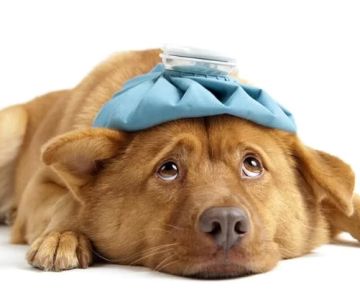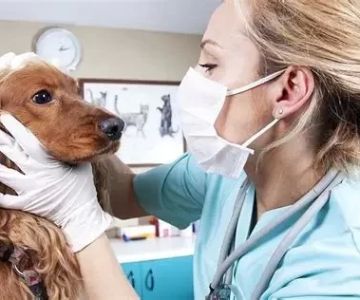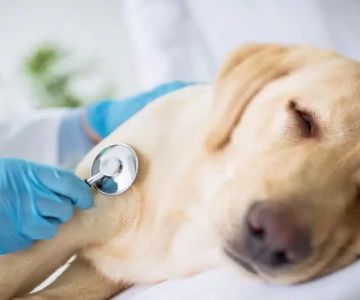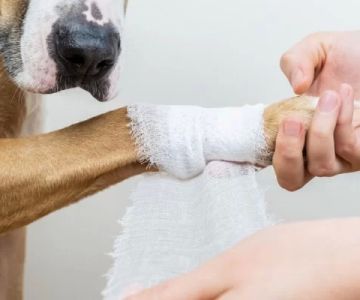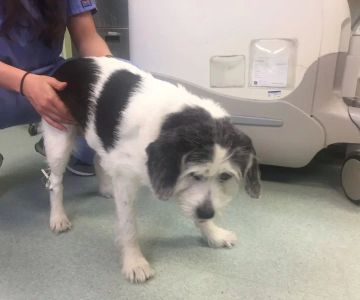- 1 - why-a-pet-first-aid-kit-is-essential-at-home
- 2 - core-items-for-a-diy-pet-first-aid-kit
- 3 - real-cases-that-show-the-importance-of-preparation
- 4 - expert-guidelines-for-organizing-your-kit
- 5 - keeping-your-kit-up-to-date
- 6 - where-to-get-trusted-supplies
Why a Pet First Aid Kit Is Essential at Home
For pet owners wondering how to make a pet first aid kit for home, the motivation often comes after an unexpected scare. Pets, like children, are curious and can easily injure themselves indoors or outdoors. Having a kit on hand means you can respond quickly—whether it’s a cut paw, allergic reaction, or minor burn—before reaching professional care. A well-prepared kit can provide peace of mind and help avoid unnecessary panic during emergencies.
Core Items for a DIY Pet First Aid Kit
php-template复制代码Basic Wound Care Supplies
Your kit should include antiseptic wipes, sterile gauze, adhesive tape, and pet-safe wound cleanser. These items handle everyday cuts and scrapes. Cotton swabs and blunt-tipped scissors are equally important to clean and dress small injuries safely.
Medications and Veterinary-Approved Items
While human medications can be dangerous, some over-the-counter items—like pet-safe antihistamines—can be life-saving during allergic reactions. Always consult your veterinarian before adding any medication. Products like styptic powder for nail bleeding and electrolyte solutions for dehydration are staples many professionals recommend.
Tools and Safety Equipment
Include tweezers for removing splinters or ticks, a digital thermometer, and disposable gloves to ensure hygiene. A soft muzzle can also be useful since even the calmest pets may bite when in pain. Don’t forget a flashlight for nighttime emergencies.
Real Cases That Show the Importance of Preparation
Consider the story of a family whose Labrador cut its paw on a broken fence. Having bandages, antiseptic, and tape ready allowed them to stabilize the injury before heading to the clinic. Another cat owner shared how a quick dose of vet-approved antihistamine from their pet first aid kit at home saved their pet from a severe allergic reaction. These real-life moments highlight why preparation makes all the difference.
Expert Guidelines for Organizing Your Kit
Organization matters. Store items in a waterproof container and label everything clearly. Divide supplies by category—wound care, medication, tools—for quick access in stressful situations. Many veterinarians recommend creating a checklist and taping it inside the kit for easy reference during emergencies.
Keeping Your Kit Up to Date
A DIY pet first aid kit is only useful if maintained. Regularly check expiration dates on medications, replace used supplies, and update contents based on your pet’s health needs. For example, older pets may require additional joint-supporting wraps or glucose monitoring tools.
Where to Get Trusted Supplies
Building a reliable kit is easier when you source quality items. At Hidden Brook Veterinary 【 】, pet owners can find veterinary-approved supplies and expert guidance tailored to their animal’s needs. Whether you’re starting from scratch or upgrading an existing kit, professional input ensures your kit covers every scenario with confidence.

